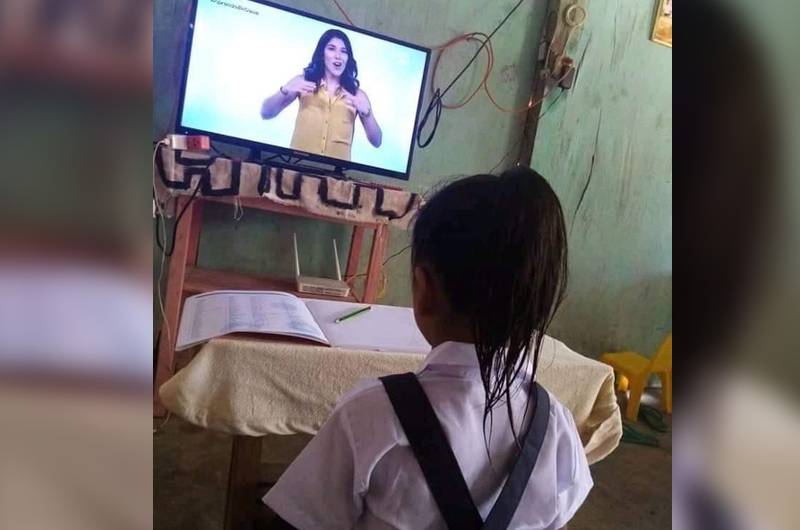By Pax Romana Africa
Education is one of the sectors negatively affected by the Covid-19 epidemic. Due to this epidemic, schools shut all across the world with over 1.2 billion children remaining out of the classroom. This comes at the time when the education sector, especially in the developing world is facing a number of challenges including issues related to education quality and relevance. A recent report by the World Bank, shows that slightly more than half of the children in low and middle income countries are unable to read and understand a simple text by age 10. In response to the Covid-19, governments and private providers of education have shifted to digital learning (e-learning) where learning is provided with the aid of technology. While this quick response by the governments and other actors is laudable, there are several concerns related to digital/e-learning, especially in Sub Sahara Africa (SSA).
While e-learning is a capable means increase access to education in Sub-Saharan Africa (SSA), there are several challenges on the way. E-learning has not been fully experimented for children in pre-primary, primary and secondary education. E-learning requires access to necessary means and tools including access to electricity, reliable internet connectivity, a computer, a laptop, TV or a radio. While this is the case, nearly 90 per cent of leaners in SSA do not have household computers while 82 per cent are unable to get online . Globally, close to 56 million learners live in areas that are not served by mobile networks, almost half in SSA (ibid).
In particular, e-learning has the potential to enhance inequalities to education. A review of the status across the region shows that high end private schools have the basic backbone to support e-learning. Majority of these schools are currently conducting e-learning for their learning. However, these high end private schools account for less than 20 percent of children attending pre-school and basic education (primary and secondary schools) in SSA. A large share, close to 70 percent (according to World Bank estimates) , of children in SSA are attending public schools while a good percent attend low cost private schools located in informal settlements .
While majority of the children in SSA attend public schools and low cost private schools, their access to e-learning opportunities remains low. Most of these children are relying on government sponsored e-learning lessons provided through radio, TV and e-clouds. However, the governments across Africa are heavily constrained in terms of infrastructure to support e-learning. In addition, children attending public schools and low cost private schools are more likely to come from households from: rural areas (for public schools), low socioeconomic background, urban informal settlements (for low cost private schools) and households with parents with low level of education. These categories of households have limited access and ownership of means and tools such as electricity, computer, a laptop, TV or a radio to support e-learning. In addition, these households depend on daily wage for their living as parents have to work and therefore might not have time to support the e-learning of their children. Even if they had access to online learning tools, parents in these households might not effectively support the e-learning of their children due to low level of education.
Even for the children currently following the e-learning, it is not clear whether e-learning, as a pedagogical method, is an effective method of teaching. Mounting e-learning requires well trained teachers who can leverage and integrate technology to deliver learning. Generally, teachers in SSA struggle with the rapid transition to digital learning, even those in countries (and schools) with reliable infrastructure and household connectivity. Also the curriculum is not pedagogically designed to be delivered through e-Interface. The effectiveness of online learning varies amongst age groups. Generally, young children, children falling behind in learning and children with disabilities are less likely to benefit from learning that is not characterized by face to face interaction with the teacher.
In effect, with the Covid-19, the learning of more than 85 percent of pre-primary, primary and secondary school going children in SSA remains comprised. This has huge implications to the individual children, their families, their communities and their respective countries. Evidence gathered over the past 40 years demonstrates that education is important pathway out of poverty. To the individual child, education can lead an increase in his/her productivity, further leading to better earnings. To their respective countries, education leads to higher economic growth, improved health status and reduced crime among other non-monetary outcomes.





Leave A Comment
You must be logged in to post a comment.